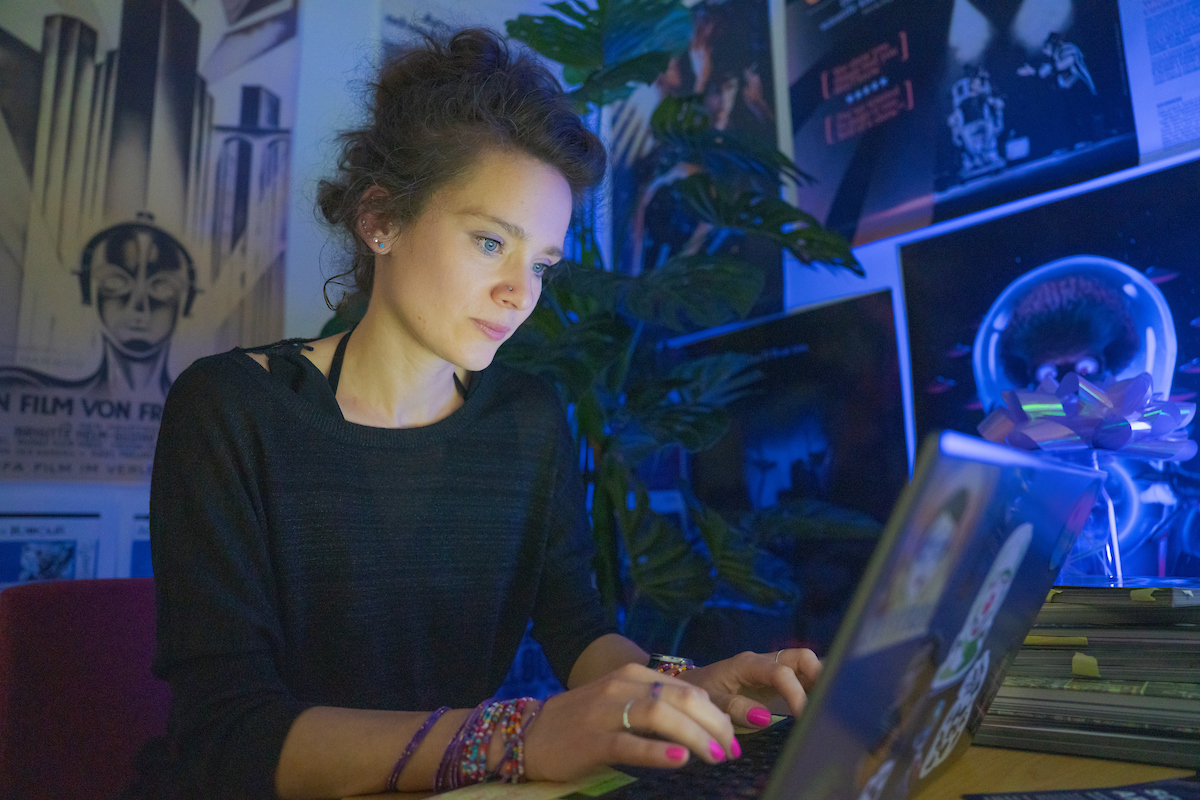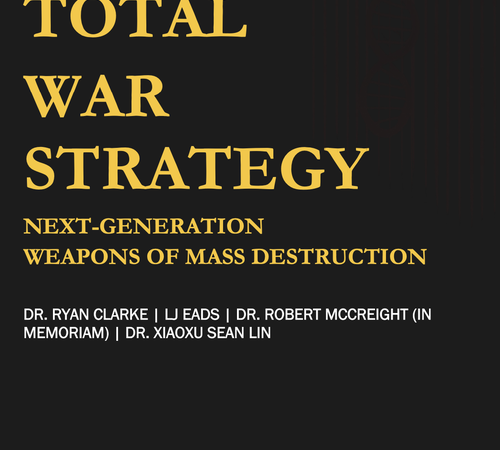Dr Anna-Sophie Jürgens walks the tightrope between pop culture and science


Jellyfish as circus animals, violent clowns, parasites in pop culture… With research topics like these you might not expect to find Dr Anna-Sophie Jürgens listed alongside scientists in the ANU College of the Science directory.
But from her colourful, poster-clad office at the Australian National Centre for the Public Awareness of Science (CPAS) at ANU, Dr Jürgens explains that all her research is organised around a central scientific theme: specifically, how science interacts with pop culture.
“Most people are not scientists, so where do they get their ideas?” asks Dr Jürgens. “Comic books, animated films, TV, comedies, and blockbuster films. These are very powerful mediums to communicate the meaning of science, and ideas about the societal role of science.”
As she chats, Dr Jürgens takes enthusiastic tangents and reaches for nearby books and printouts, and very soon you realise just how many ideas, collaborations and projects are swirling around in her brain and on her CV. In one breath, she’ll tell you about the film series on science and art she’s working on, a course she teaches on humour and science in culture and science communication, and a concept she’s developing for interactive artworks on melting ice.
Before joining CPAS in 2020, Dr Jürgens was an Alexander von Humboldt Fellow at the ANU Humanities Research Centre and the Freie Universität of Berlin. It was during this Fellowship that she particularly started to explore the relationship between performance, culture, and science.
“I was always interested in extreme characters in literature, and this includes artists, performers, and also mad scientists,” she says.
Dr Jürgens’ sunny, warm personality contradicts with the darkness of many of the subjects she studies. Her office décor reflects these dichotomies: there’s an ominous The Dark Knight poster with the words “Why so serious?”; an Einstein doll wearing a party hat; AI-created images of futuristic circus jellyfish; and a row of iridescent faux aquatic plants. Artificial and natural; light and dark; yin and yang.
One giant in fiction whom Dr Jürgens has closely studied is the Joker. The notorious Batman villain has an affinity for science and technology throughout the many comics and films he’s portrayed in, concocting noxious chemicals, for example, or releasing pathogens to infect victims.
Through the lens of the Joker, Dr Jürgens analyses how these scientific concepts connect with our own lives and society. People are drawn to characters like the Joker, she says, because horror sells and excites our imagination.
“In our pop culture, one of the major horror narratives is one of a looming technopocalypse,” Dr Jürgens says. This is a theme where robots, artificial intelligence, bionics, nanotechnology or any other scientific development take over, and it results in the fall of civilisation. The technopocalypse idea explores people’s fears and feelings about our possible futures and science.
“But we’ve also approached science through humour and comedy − and the stories we tell about our comic technological and scientific future are worth discovering,” she says.
The way that Dr Jürgens teaches and studies these research topics is deeply embedded in her roots in cultural studies and comparative literature. So, despite the centrality of scientific ideas, some of her research may come as a surprise to those with physical science backgrounds.
Dr Jürgens has the “beautiful and challenging” task of combining the two very different academic cultures of science and humanities. It’s about being the translator who can speak both languages, she says. That’s the upside of these unique topics: they intrigue us and can act as an entry point into unexplored spaces.
“My intention is to expand our understanding, first of all, and ultimately to be involved in connecting with creators,” Dr Jürgens says.
“I love what I’m doing,” she reflects. “It gives me a lot of energy to explore these ideas and to build bridges between different seemingly unconnected spaces.”
If clown scientists, Joker Science and comic viruses intrigue you, explore the Popsicule: Science in Pop Culture and Entertainment Hub website and consider studying Science Communication at ANU.
Cover image: Circumjellicus flotillus 264 (2022). Orchestrated in MidJourney by TA.



